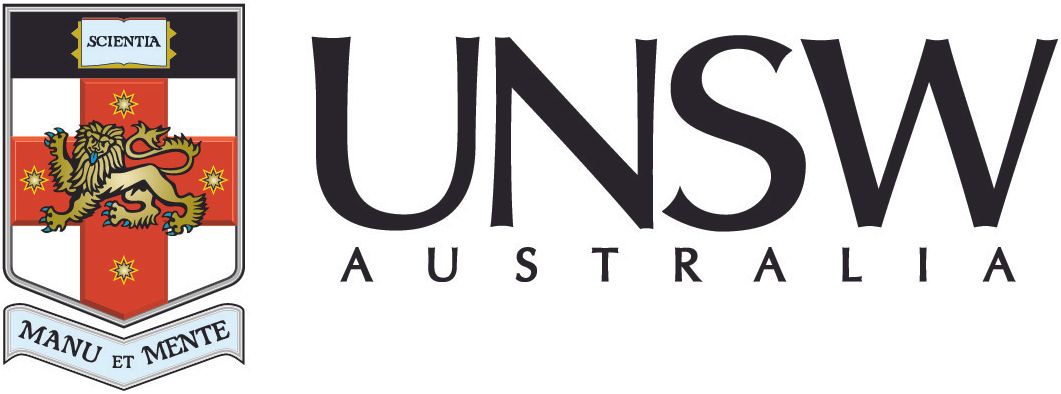From bird baths to rocks, seven things people put in their gardens to help wildlife, and how well they work
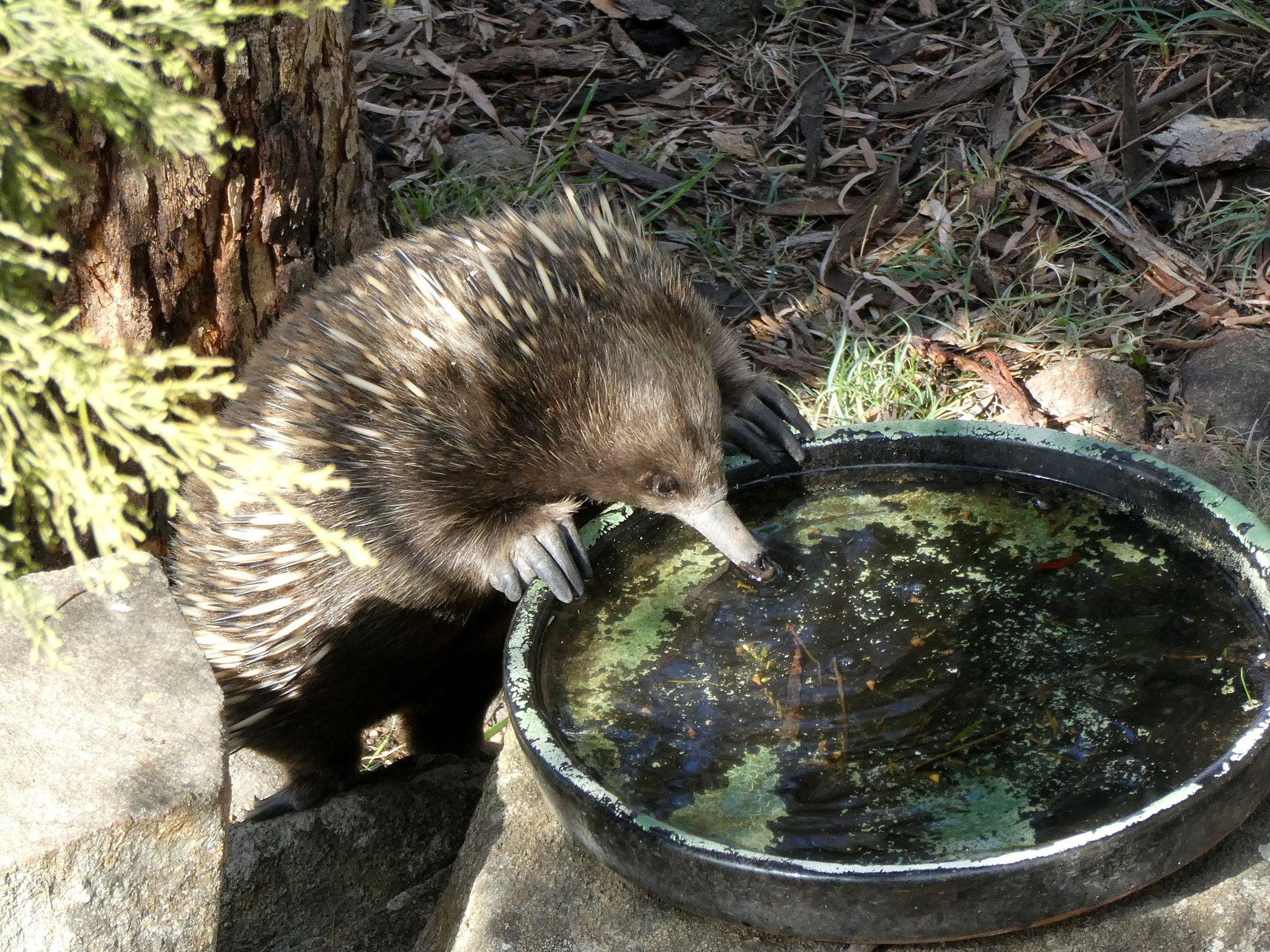
Adding a water source to your backyard can attract a variety of wildlife. Image: Joyce, CC-BY-NC via iNaturalist
News story
23 April 2024
Many people add features to their gardens to entice and help wildlife. But how well do they work? After more than 15,000 wildlife surveys a new study has some answers.
The Turning Gardeners into Conservationists project is a collaboration between scientists from the University of Western Australia, Perth NRM and 243 citizen scientists.
The project looked at the use of gardens by wildlife including if animals used seven wildlife-friendly structure types; two water sources - bird baths and ponds, and five artificial refuges - bat boxes, bird boxes, frog hotels, possum shelters and reptile shelters.
The results have just been published in the peer-reviewed scientific journal Urban Ecosystems.
A wildlife-friendly garden planted with native plants and a bird bath. Image: Turning Gardeners into Conservationists project
What the project involved
A call-out was made to find people that 1) already had these wildlife-friendly structures (or wanted to install some) and 2) were willing to be trained to undertake weekly wildlife surveys in their backyard between August 2022 and January2024. Surveys were of vertebrate animals, including birds, mammals, frogs and reptiles.
After 15,795 wildlife surveys by 243 citizen scientists from 30 towns and cities in south western Australia – the numbers are in.
We chatted with lead researcher, Dr Bronte Van Helden from The University of Western Australia, about what they found. Here are our top six takeaways.
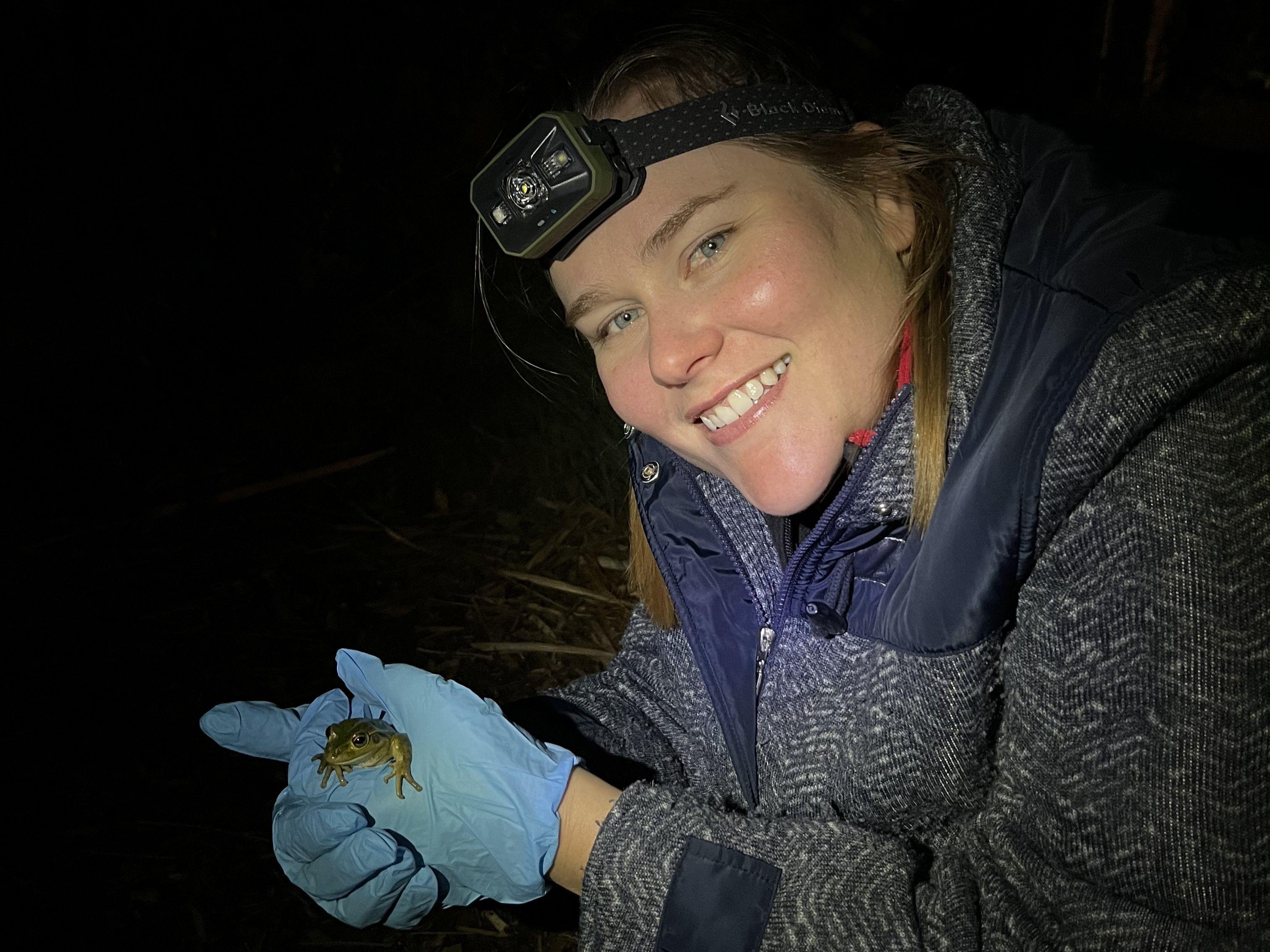
Lead researcher Bronte Van Helden holding a motorbike frog found in a backyard. Image: Holly Butterworth
1. Gardens support native wildlife, including rare species
Backyards can support a high diversity of wildlife, including rare and threatened species.
“The surveys revealed 216 animal species using gardens. Of these, our citizen scientists observed 77 animal species using the habitat structures in their gardens. These comprised 55 bird species, 4 frog species, 5 mammal species and 13 reptile species and included three threatened species and only four species not native to the area,” Dr Van Helden shared.
“Between August 2022 and February 2023, there were 7018 visitations to bird baths, 267 visitations to ponds, 183 uses of reptile shelters, 41 uses of possum shelters, 39 uses of bird boxes, 21 uses of frog hotels and 1 use of a bat box. This demonstrates that wildlife-friendly structures can provide a valuable resource to individual animals.”
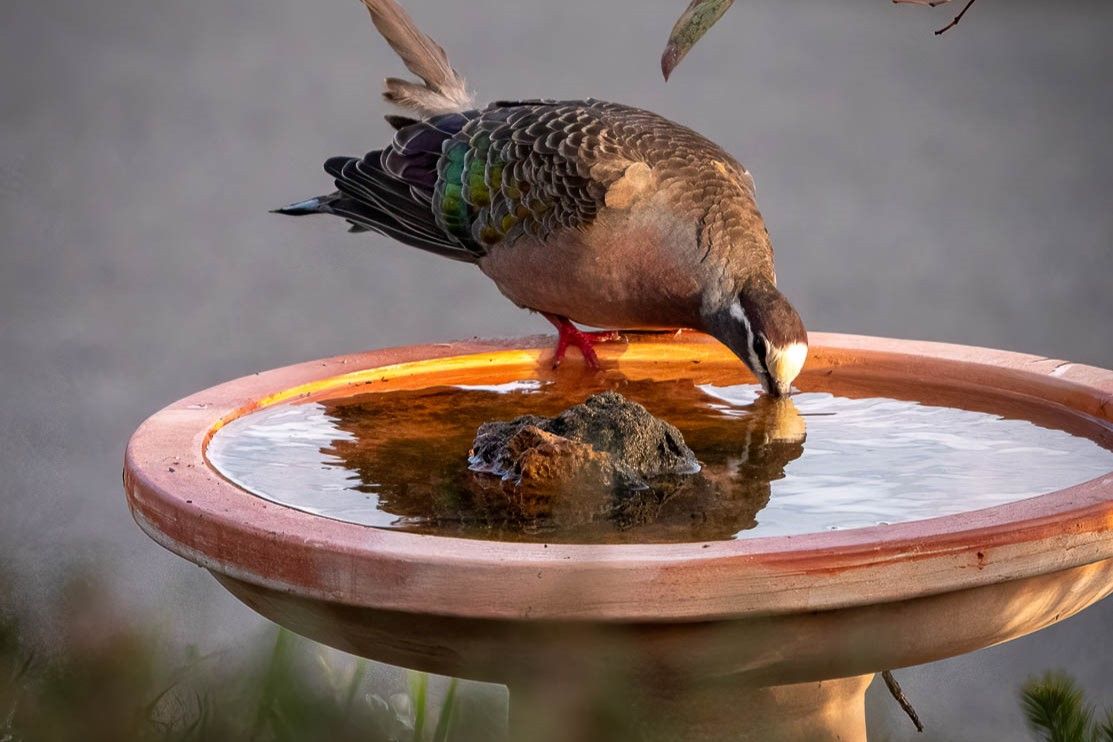
Sharing our backyards with wildlife may be increasingly important to help support biodiversity across the landscape. Image: Dennis Friend
The availability of habitat in our suburbs can make a big difference to the survival of wildlife in an area, and even help wildlife withstand other threats. For example, more shelter can help native animals to better avoid introduced predators like cats, foxes and dogs, and water sources can be pivotal in heatwaves.
Evidence from Van Helden’s study suggests that sharing our backyards with wildlife may be increasingly important to help support biodiversity across the landscape.
>> Check out the project's Garden Structure Installation Guide for options of how to install wildlife friendly structures and why these particular designs are considered among the safest for wildlife in southwestern Australia.
People will need to consider their space, location, goals and resources but even small spaces can provide a lot of value to wildlife.
While a combination of structures will support a greater diversity of wildlife than installing just a single structure, the research showed that some structures were used more than others.
Artificial water sources can be pivotol in heatwaves and during periods of drought. Image: Turning Gardeners into Conservationists Project
2. Add water for diversity
Adding a pond or bird bath to your backyard may be one of the easiest ways to support a diversity of wildlife.
“While all seven feature types were used by wildlife during the study, water sources were used more frequently compared to shelter sites, with bird baths being the most commonly utilised wildlife-friendly structure,” Dr Van Helden explains.
For structures that were already present in gardens when the project began, citizen scientists completed 179 surveys of 23 ponds and 1513 surveys of 119 bird baths. Bird baths were used by birds on 53% of surveys, while ponds were used by animals on 45% of surveys. In comparison, artificial refuges such as reptile shelters, frog hotels and nest boxes were used on less than 20% of inspections.
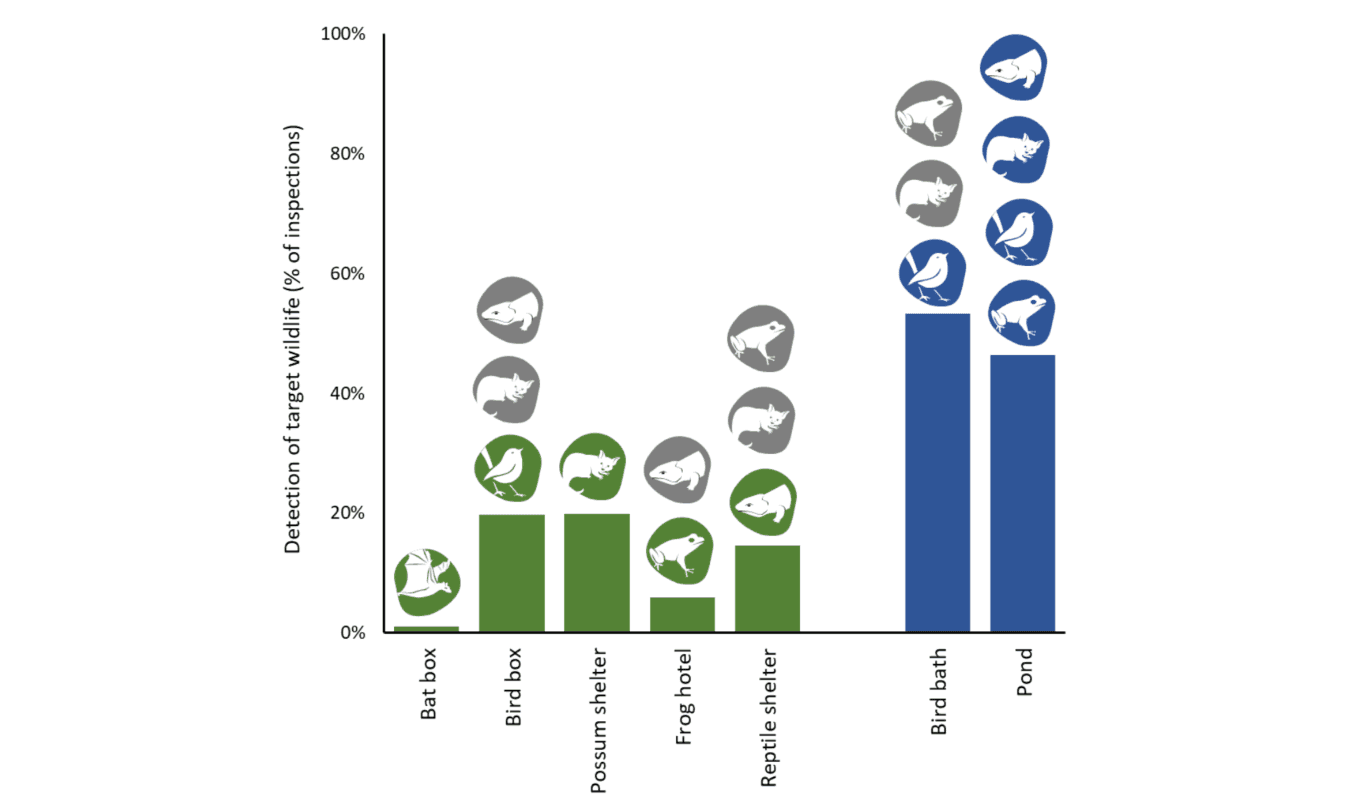
Bars in the above graph represent the percentage of shelter inspections (green) or water source surveys (blue) during which target animals were detected. Icons (bats, birds, frogs, reptiles, and mammals) represent the animal groups that were recorded using each wildlife-friendly structure type. Coloured icons represent the target animal groups and grey icons represent the non-target animal groups observed using each structure type.
Not only were water sources most frequently used, they were also used by the largest variety of animals – including native birds, mammals, frogs and reptiles. Ponds were used by 14 different species and birds baths were used by 57 different species, including the endangered Baudin’s black cockatoo and Carnaby’s black cockatoo. Ponds also provided a breeding ground for frogs, with tadpoles observed on 22% of inspections.
Providing a fresh clean water source can particularly help wildlife when natural water sources are scarce, such as during drought and fire or in areas with dry climates.
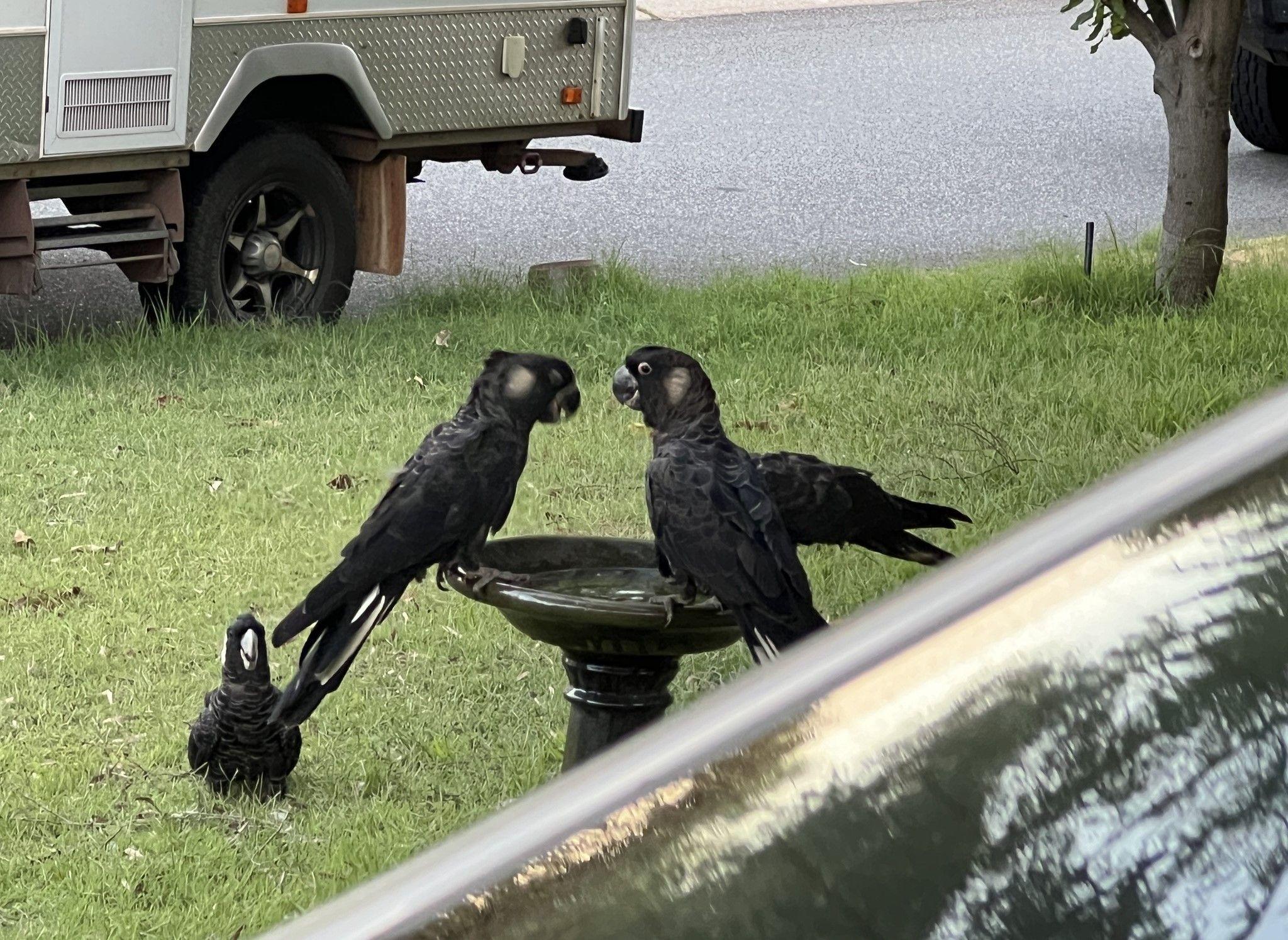
Carnaby's black cockatoo. Image: PM Newport, CC-BY-NC via iNaturalist
What you can do: Watch this video from Gardening Australia for some ideas on a range of ways to create water sources in your backyard for different animals. Check out the project's Garden Structure Installation Guide for options of how to install wildlife friendly structures and why these particular designs are considered among the safest for wildlife in southwestern Australia
You can buy a classic bird bath from Bunnings or there’s lots of DIY guides, such as this cat-safe bird bath guide from Cardinia Shire Council.
3. Include rocks and tiles for reptiles
Taking a rock, paver or tile and slightly propping it off the ground is a cheap and effective way to increase shelter for reptiles in your backyard. Lizards enjoying basking in the sun and these structures provide reptiles with a warm spot that they can also use to hide.
For Dr Van Helden’s study, participants were instructed to create a shelter by using a dark 30cm X 30cm paver. These reptile shelters were occupied 15% of the time and used by 17 different species, including 13 reptiles species, 3 frog species and even a bandicoot!
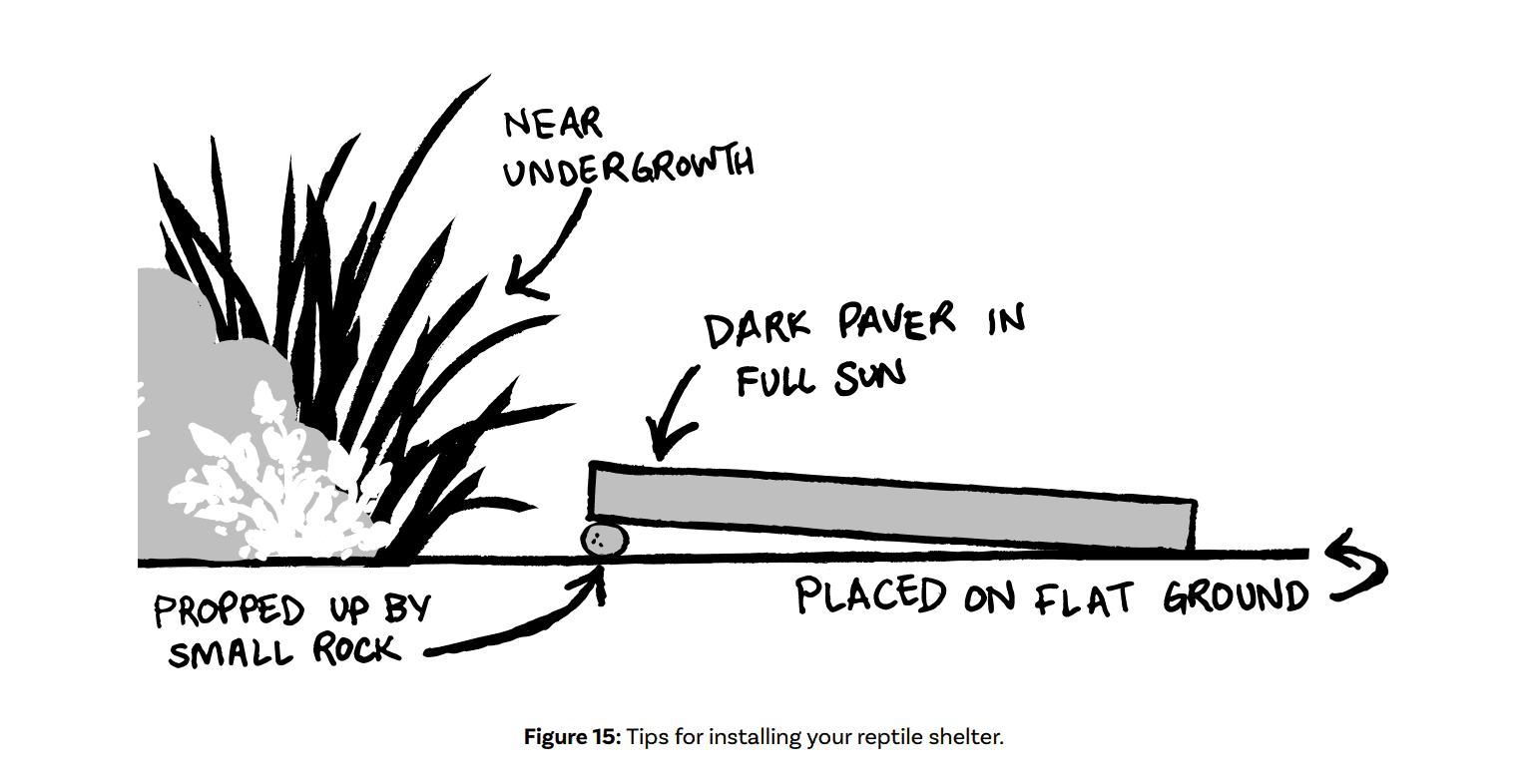
Creating a reptile shelter from a paver is the easiest and smallest garden structure, and only takes a few minutes to set up! See more ideas and tips for installing wildlife structures in your backyard in the project's Garden Structure Installation Guide.
How to create a reptile shelter: It doesn’t take much to make a home fit for a lizard. You can find most of what you need in your garden or shed. Check out this guide or watch this video for some ideas on how you can create areas where lizards will lounge.
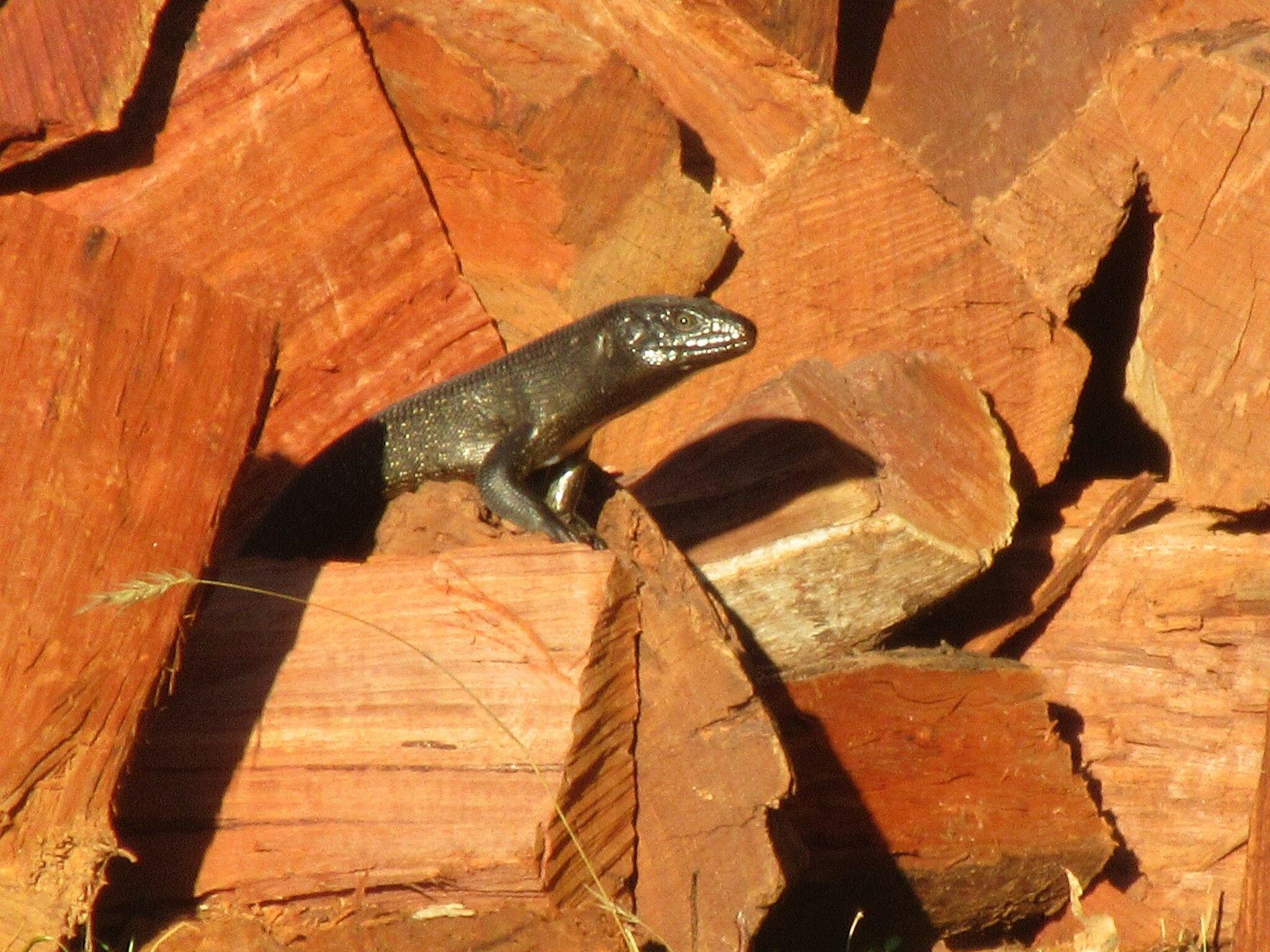
Lots of items you have around your backyard can be used to create habitat for reptiles. Image: King's skink sunbathing in a firewood stack Russell Palmer, CC-BY-NC via iNaturalist.
4. Specific structures can help specific animals
Other structures - possum shelters, bird boxes and bat boxes were also monitored as part of the study - with some interesting results.
Possum shelters were used by two different species, bird boxes were used by six different species and bat boxes were visited just once.
Dr Van Helden and the team concluded that while water supplementation might be the best choice if you want to support the most variety of wildlife – other structures like artificial shelters may be more useful if you are trying to target and support a specific species.
Possum shelters
For example, possum boxes proved to be an important source of shelter for the rare western ringtail possum.
“The critically endangered western ringtail possum regularly made use of possum shelters, accounting for 90% of animal records in this structure,” said Dr Van Helden.
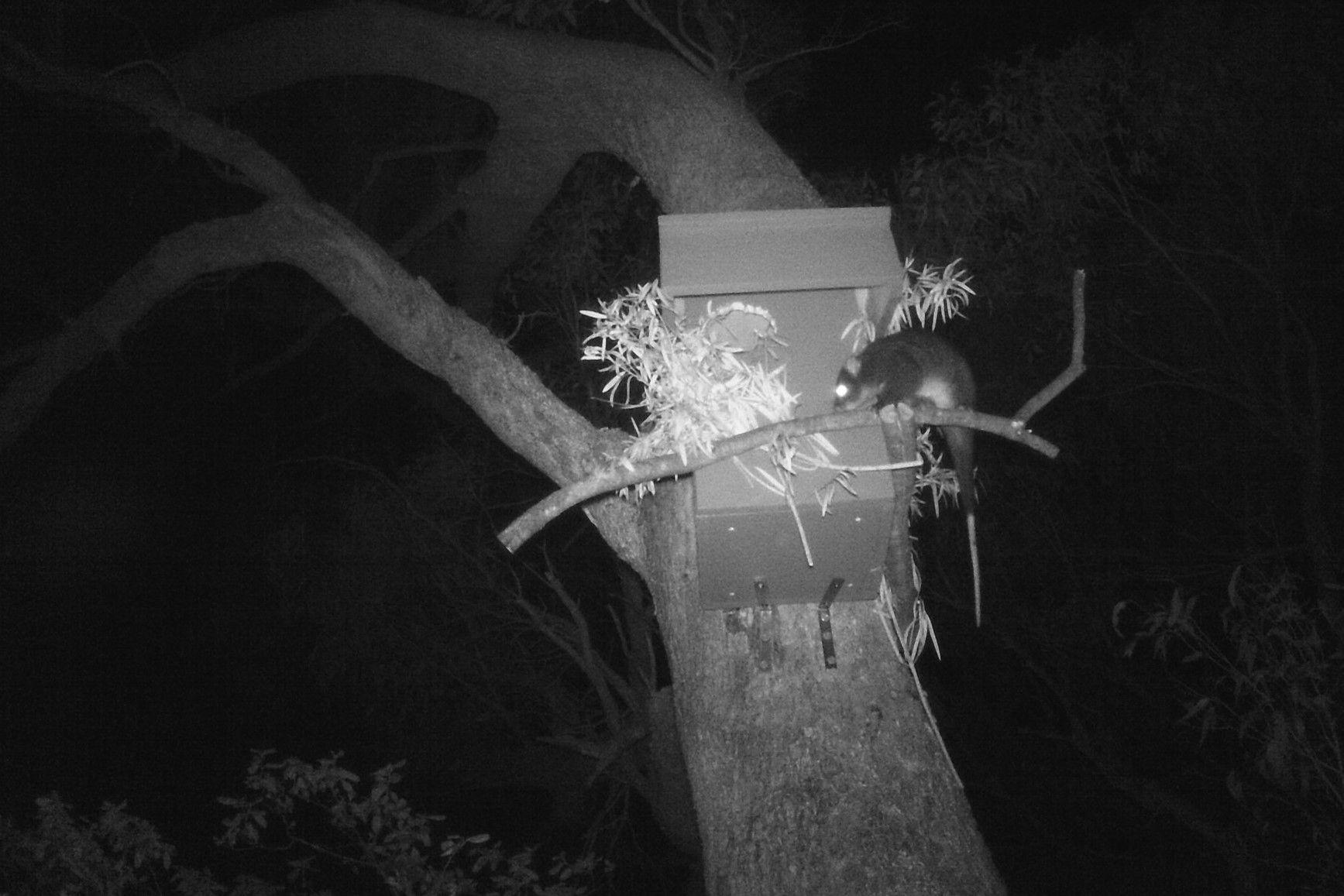
Citizen scientists regularly observed the critically endangered western ringtail possum using backyard possum boxes. Image: Areweir, CC-BY-NC via iNaturalist.
Bird boxes
Bird boxes were also used by the western ringtail possum as well as the endangered Carnaby’s black cockatoo, but more excitingly, they showed evidence of new life.
Citizen scientists observed eggs or chicks on 16% of 142 bird box inspections.
These observations provide hope that wildlife-friendly garden structures can help support the breeding and persistence of wildlife populations in urban landscapes.
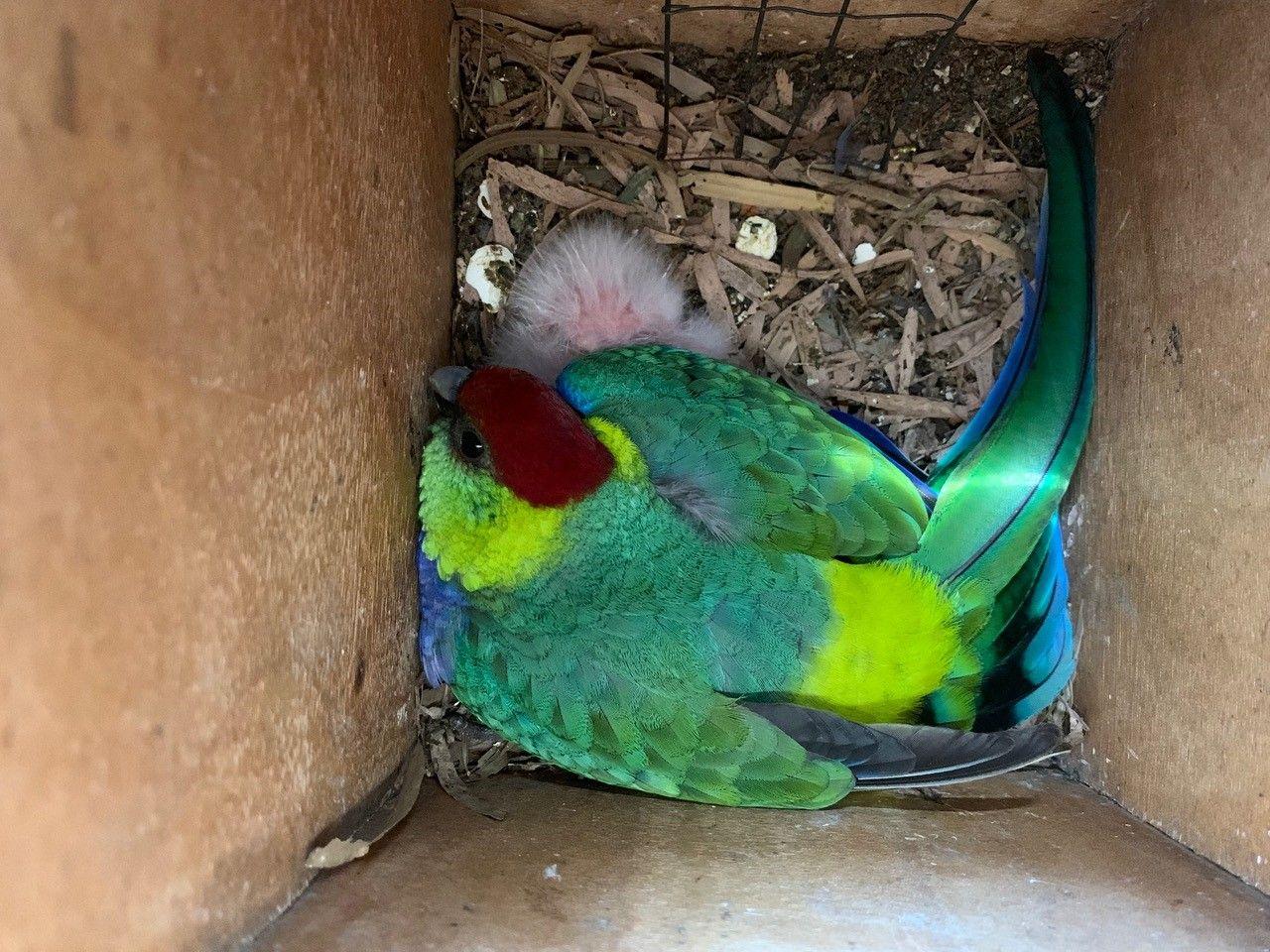
Red capped parrot chick hatchling inside an artificial bird box. Image: Sally Malone.
Bat boxes
Evidence of bats were present at just one of ten bat boxes – which was considerably lower than other studies where bat boxes had been tested in non-garden areas. Is low use specific to residential gardens in southwestern Australia? The length of time since installation? Or bat box designs that aren’t quite right for these species? The researchers advise that further investigation is needed to better understand how bat boxes can be used to support bats in gardens.
What you can do: If you want to add a box for possums, birds or bats to your backyard – a good place to start is contacting your local wildlife group for local advice. Wildlife boxes come in all different shapes, sizes and features tailored to different animals which may be in your area. Companies like FauNature sell flat-pack nest boxes for a broad range of animals, or you can make your own. Check out this guide to making a possum house.
5. Don’t forget the plants
Water and shelter structures added to gardens will get more use by wildlife if gardens also contain suitable vegetation, as plants offer important resources like food and cover and can improve micro-climate conditions.
Plants native to your area will provide the most suitable resources for wildlife. In many areas you can get free native plants from your local council, such as through these programs by Banyule City Council and Brisbane City Council.
Councils often have helpful guides on recommended native plants for your area, such as this guide from City of GoldCoast, there are apps for some regions such as the GroNative App, or you can get advice from your local native plants nursery.
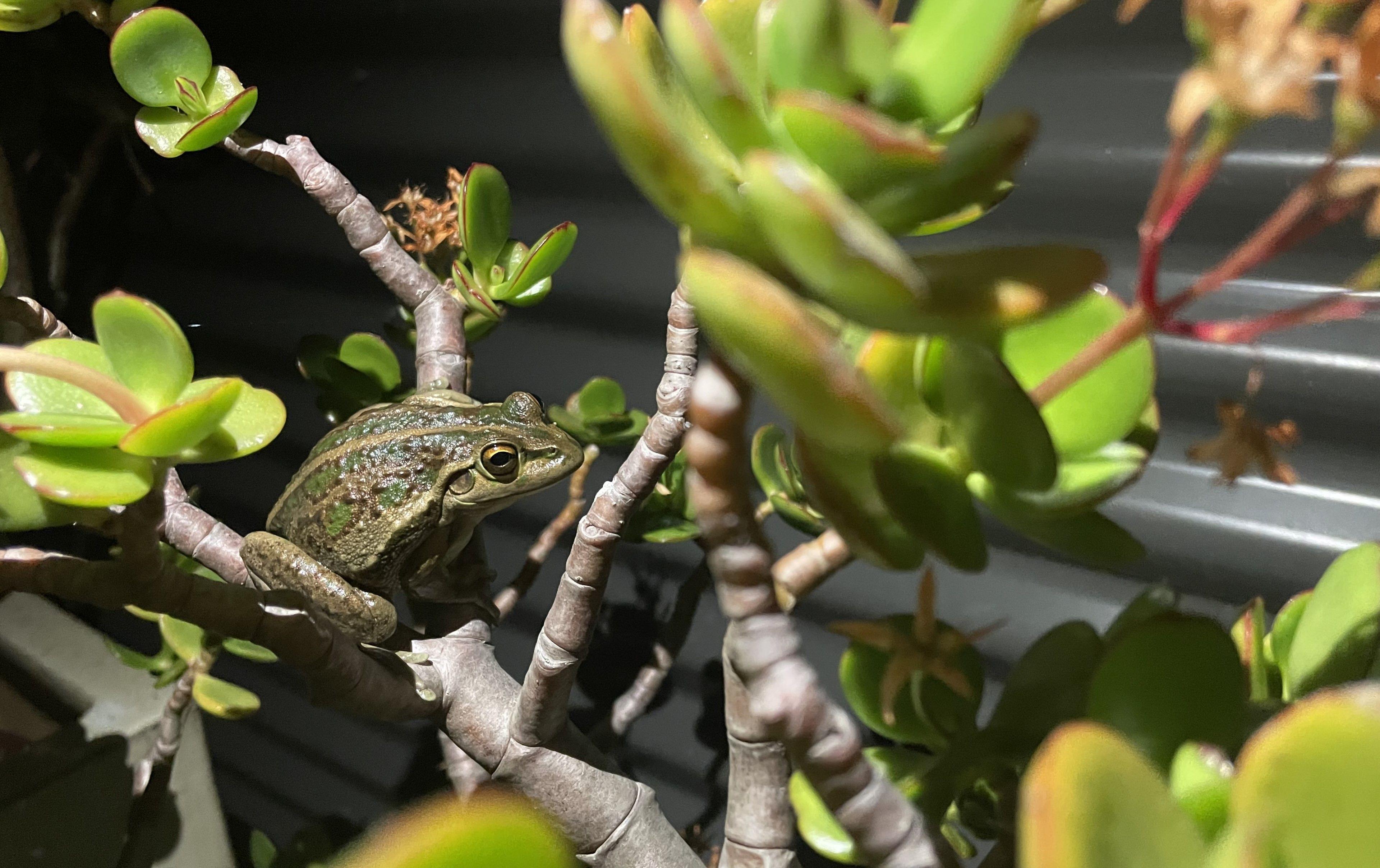
Planting a variety of vegetation in your backyard is important for wildlife. Image: Turning Gardeners into Conservationists
6. Anyone can (and should) do it
At the end of the day, animals want the same things as we do: fresh water, nutritious food and a safe place to rest.
“Supporting wildlife in gardens is as simple as planting native vegetation for food and shelter, or installing water and shelter structures! We found that wildlife will readily make use of these structures,” said Dr Van Helden.
“People from all walks of life participated in this project.
“Regardless of whether you are intensifying your current wildlife-friendly gardening practices or installing your first structure, you are increasing the availability of resources in the urban area and enhancing the landscape for biodiversity.
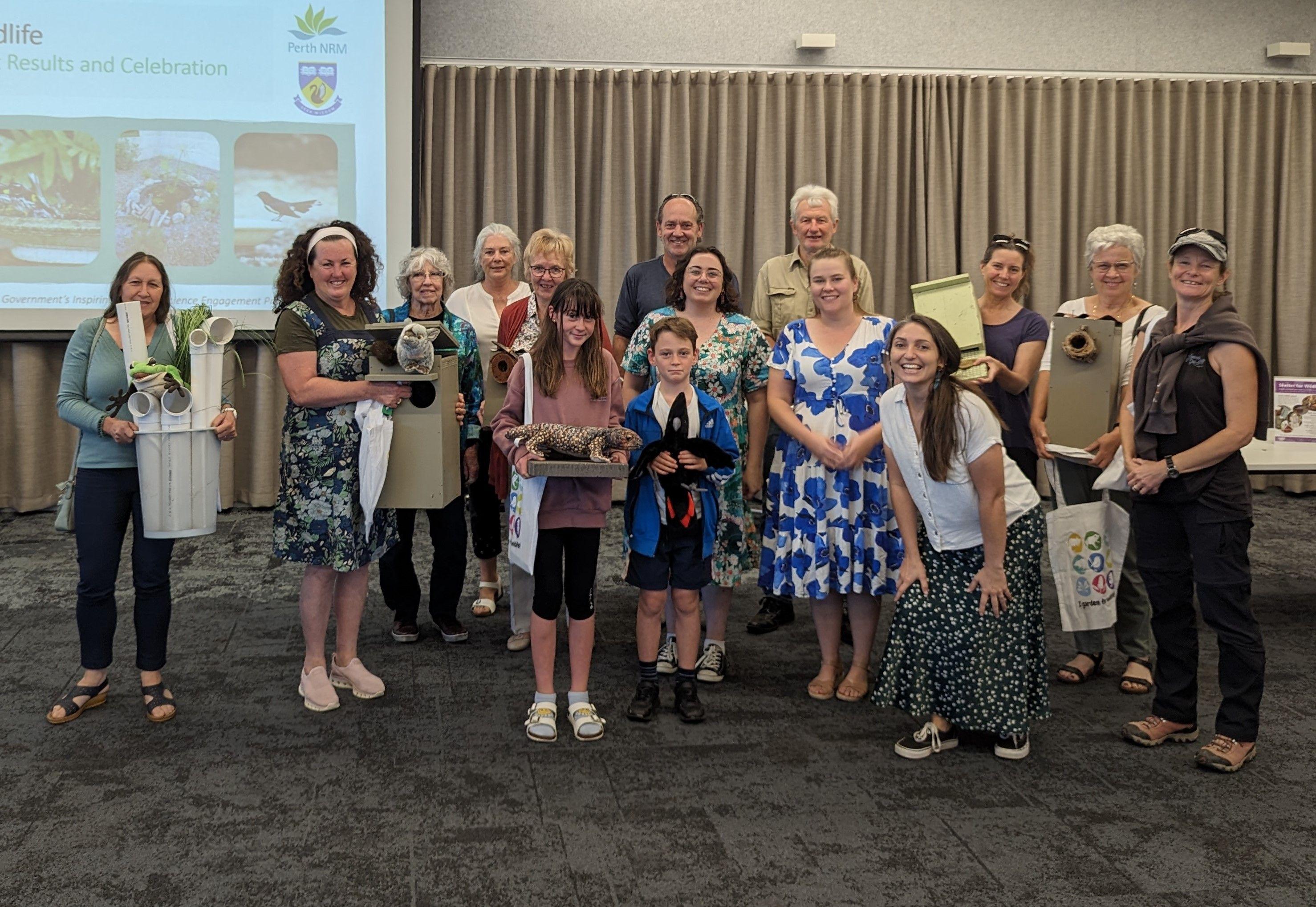
Turning Gardeners into Conservationists Project participants with a range of the wildlife shelters observed during the project.
“These wildlife-friendly gardening practices will be most effective if they can be complemented by actions aimed at reducing the risks to wildlife in urban areas. This includes measures like keeping domestic pets indoors at night when many of our native mammals and frogs are most active and strategically constructing, placing and maintaining structures to minimise predation risk.
“When undertaken in tandem, these actions offer the optimal approach for supporting biodiversity in urban areas.”
The Turning Gardeners into Conservationists project was led in partnership by the University of Western Australia Albany and Perth NRM and was funded by the Inspiring Australia Science Engagement Programme. To read more about the project’s results you can read the researcher’s Final Community Report
Further information including access to all of the project's guides for creating a wildlife-friendly garden can be found at: https://www.perthnrm.com/project/gardening-for-wildlife/













